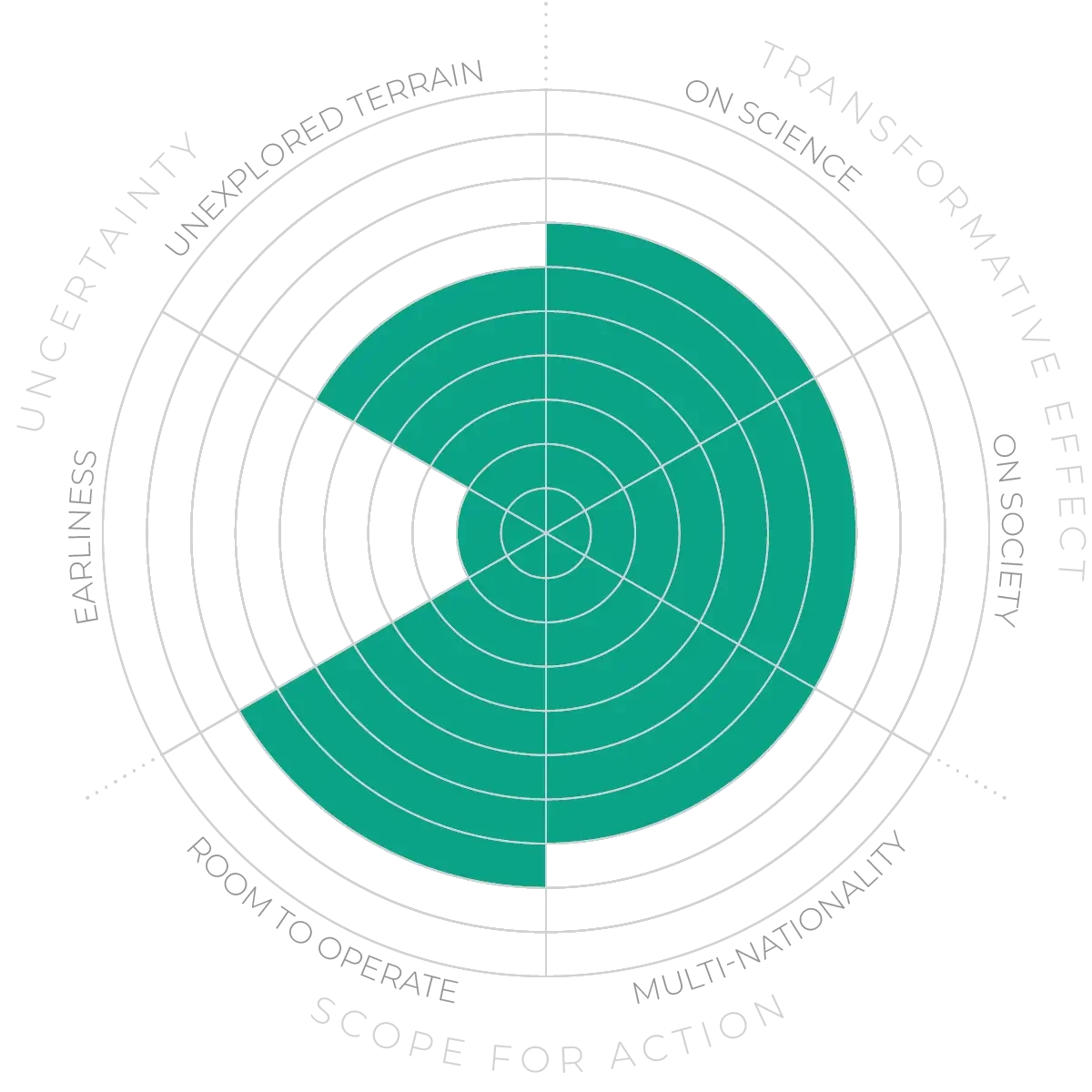Future Horizons:
10-yearhorizon
Holistic ecosystem data become widely available
25-yearhorizon
Early-warning systems are adopted
32 Environmental DNA (eDNA) can reveal hidden diversity within communities33 and is becoming increasingly accurate.34 Imaging technologies can identify species, predict physiological processes35 and analyse ecological functions even in complex ecosystems.36 Acoustic monitoring can reveal changes in ecosystems,37 including underwater.38 Chemical sensors can detect volatile organic compounds,39 many of which are used as signals. There is growing scope for remote monitoring,40,41including from space.42 On the scale of individual organisms, tracking devices are increasingly small and smart. AI is being embedded in all these tools.
Alongside these technological advances, there is a second growing source of information and knowledge: Indigenous and local knowledge (ILK). While Indigenous groups have often been shut out of research and conservation,43 in more recent decades there have been calls to generate more comprehensive and equitably produced data,44 and resulting action.45 This more inclusive approach has improved the assessment of endangered-species status46 and enabled more effective conservation action.47 While combining ILK and normal science can be challenging, conservationists need to build on these early successes and further enrich their work with ILK.48
This blizzard of new datasets poses a challenge: how do we integrate so many diverse types of data? Can we build them into a global picture — and is that even a useful thing to do? AI could help us process and understand these enormous datasets, but only if they are sufficiently systematic to be learnable.49 However, such projects inevitably raise issues of privacy and data sovereignty.
Innovations in data-gathering - Anticipation Scores
The Anticipation Potential of a research field is determined by the capacity for impactful action in the present, considering possible future transformative breakthroughs in a field over a 25-year outlook. A field with a high Anticipation Potential, therefore, combines the potential range of future transformative possibilities engendered by a research area with a wide field of opportunities for action in the present. We asked researchers in the field to anticipate:
- The uncertainty related to future science breakthroughs in the field
- The transformative effect anticipated breakthroughs may have on research and society
- The scope for action in the present in relation to anticipated breakthroughs.
This chart represents a summary of their responses to each of these elements, which when combined, provide the Anticipation Potential for the topic. See methodology for more information.



